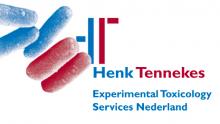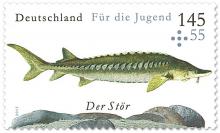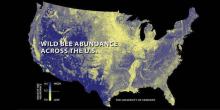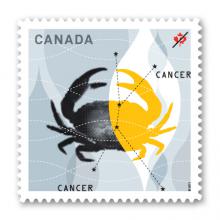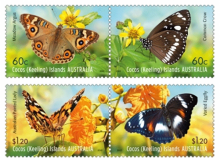
Je effektiver die Bauern arbeiten, desto mehr wilde Tiere und Pflanzen werden ausgerottet. Das ist die bittere Bilanz von Naturschützern am Tag des Artenschutzes (03.03.2016). Auf nordrhein-westfälischen Äckern und Wiesen findet ein Massaker statt. Die wilden Tiere und Pflanzen, die hier eigentlich zuhause sind, schwinden rapide. "Während wir darüber sprechen, stirbt gerade der Feldhamster aus", sagt Peter Schütz vom Landesamt für Natur (LANUV). Mehrere Vogelarten der offenen Feldflur sind auch bald ganz verschwunden. Und einst auf dem Land häufige Vögel wie Feldlerche, Kiebitz und Rebhuhn, Pflanzen wie Ackerrittersporn und Adonisröschen sind selten geworden. "45 Prozent der Arten in NRW sind vom Aussterben bedroht" oder bereits ausgestorben, schreibt das Umweltministerium. Die meisten auf den landwirtschaftlich genutzten Flächen. Auch der Flächenverbrauch von zehn Hektar pro Tag durch Bebauung und Braunkohletagebau sei ein wichtiger Grund für das Massensterben, meint Peter Schütz. Der andere aber sei die Intensivierung der Landwirtschaft. Etwa der Einsatz von Spritzmitteln, die so wirksam sind wie nie zuvor: Das Unkrautvernichtungsmittel Glyphosat für "saubere Ackerflächen", dessen Abbauprodukte "en masse" überall in der Natur zu finden seien. Und die Insektenvernichtungsmittel Neonicotinoide, mit denen "sogenannte Schädlings-Populationen beinahe vollständig vernichtet" werden. Mit Wildkräutern und kleinen Insekten wird aber auch die Nahrung von Wildbienen und Vögeln vernichtet.

